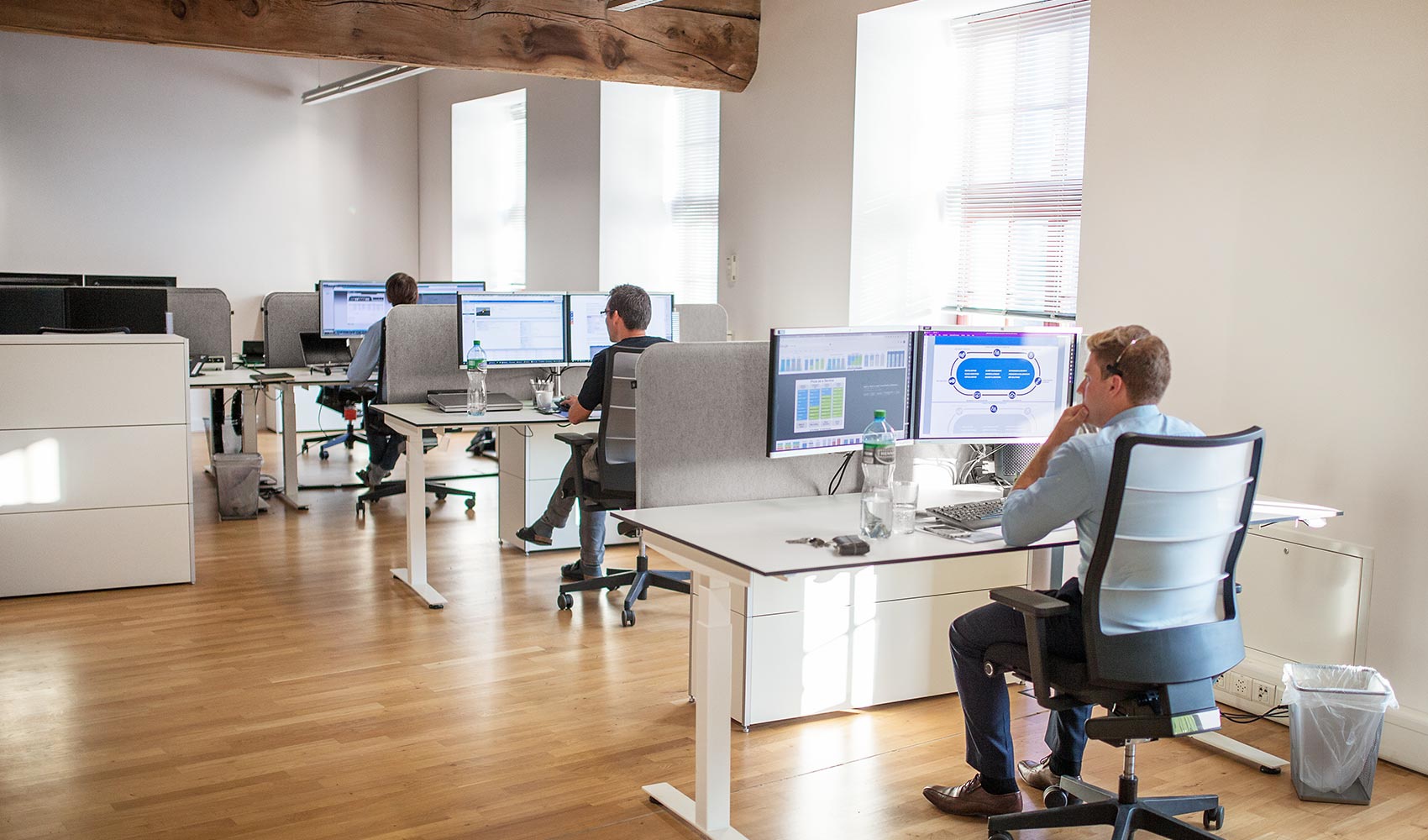A “cloud desktop” is a cloud computing solution that allows you to access files, apps, programs, system settings from anywhere on-the-go. The service is also called by other names, such as virtual desktop or Desktop-as-a-Service. The advantage of cloud desktop services is that you can work across various devices and remote locations. The operating system is hosted in the cloud, and you will be able to access work profiles from remote locations through broadband or wireless internet connections.
Benefits of Cloud Desktop Services
Since the raw computing power is handled in the cloud, you will not have to worry about individual hardware components and software licenses. Individuals can access cloud desktop services over their laptops, smartphones or other mobile devices through an internet connection.
Remote Desktop Accessibility
You will be able to access cloud desktop services from standard PCs, smartphones, tablets and other clients. Generally, you will have the same experience working on a hosted desktop environment as you will with a conventional PC since applications and programs perform similarly.
Cost-Effective and Collaborative
With cloud desktop services, you need not buy/upgrade new desktops, servers or pay for software license upgrades. Money saved from hardware upgrades can be put towards other resources. The service also has the added benefit of increased productivity through shared folders, documents, calendars. Your team will be able to collaborate more effectively in a timely manner.
Data Centralization
Instead of hosting your important data in a local environment, a cloud desktop allows you to store and backup the data in a centralized environment. This ensures that your data is accessible on a wide range of devices and from any location. The other added benefit is that multiple people can access the data simultaneously and also helps save time.
Security
Through Microsoft Remote Desktop services, businesses are guaranteed a secure environment through encryption. This allows you to set permissions on shared folders, applications and other files. Since the hosted environments run on dedicated servers in secure data centres, businesses have greater control over data security and privacy. Moreover, you will not have to worry about data backups in case of system crashes or failure. Data on the cloud is automatically backed up. It has been reported that a single cyberattack can cost businesses around $2 million in damages. A centralized hosting environment also offers peace of mind should one of your employees get hacked.
Flexible Working Environment
With more businesses offering work from home options for their employees, cloud desktop services can prove beneficial. Flexible working locations have been shown to improve employee productivity and morale. This solves the problem of restricting your workforce to one particular geographical location and has the benefit of employing talented individuals worldwide.
Lower IT Operating Costs
With a hosted desktop environment, you can cut back on your IT maintenance and manage spend. Additionally, as a business, you can save on energy consumption and insurance premiums. You can also budget better as the hosted desktop environments’ fixed monthly costs are predictable and do not usually come with hidden costs.
Dynamic Updating
Within an organization, you may have a wide variety of desktops, mobiles and tablets running different operating systems. In a decentralized working environment, each of these devices may have different upgrading schedules, affecting productivity. Moreover, the same software may not work equally across different browsers and operating systems. A virtual desktop becomes the centralized solution for system updates. Moreover, employees need not deal with updating systems themselves, and it is performed in the cloud.
Faster Disaster Recovery
It is reported that almost 50% of businesses that experience a disaster never fully recover from it without a recovery plan in place. With cloud desktop services, data is stored in a secure environment remotely, backed up regularly. This ensures that downtime is minimized significantly.
Better Troubleshooting
In a local environment, a software issue generally requires creating a service ticket, followed by an IT call and a particular fix for that problem. This is not a very efficient way of fixing issues since the IT department may have to deal with the same problem across multiple people. On the other hand, in a cloud environment, the troubleshooting happens once for all parties.
Difference Between Cloud Desktops and Virtual Desktop Infrastructure?
With cloud desktop services, your business’ data, applications, and operating system are hosted in the cloud and managed by a third-party service provider. Typically, you subscribe to the cloud desktop services, and the vendor is responsible for smooth operations. Here, your business does not need to worry about maintenance costs. Cloud desktop service plans are flexible, allowing you to pay for only what you need.
In the case of Virtual Desktop Infrastructure (VDI), your IT team is responsible for loading and managing a server through virtualization software. In this structure, you are responsible for managing the software, hardware and licensing. Therefore, you will need to hire a dedicated IT person for these tasks.
Author’s Bio
Karthik Talwar is a content writer for BreezeMaxWeb that helps businesses showcase their brand through enticing copy. When he is not working, he enjoys exploring new places and trying new foods.






